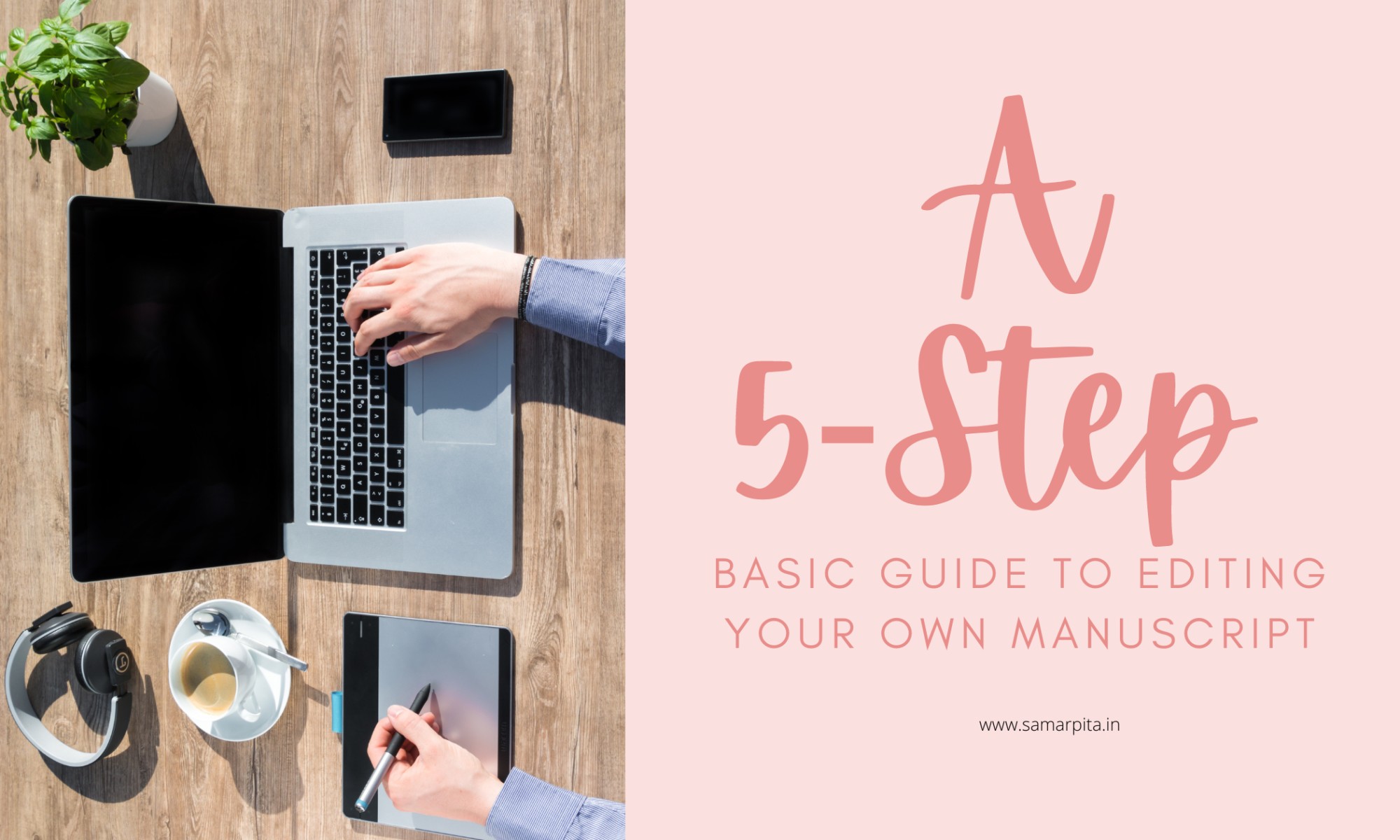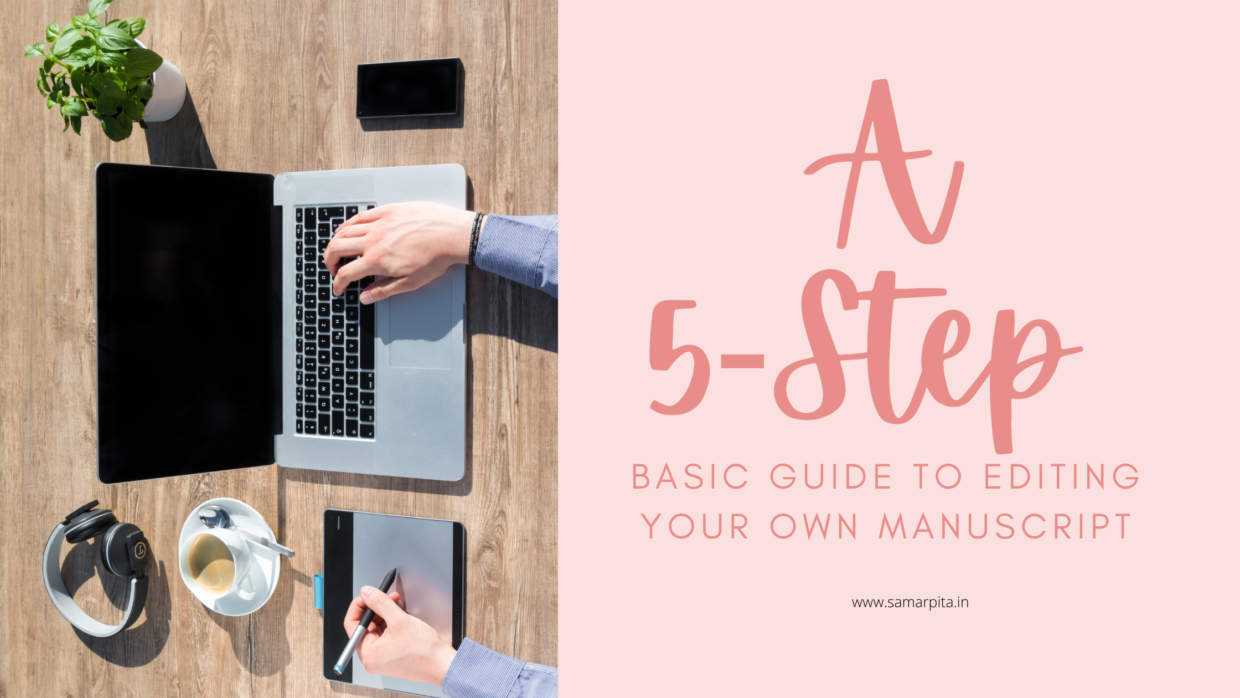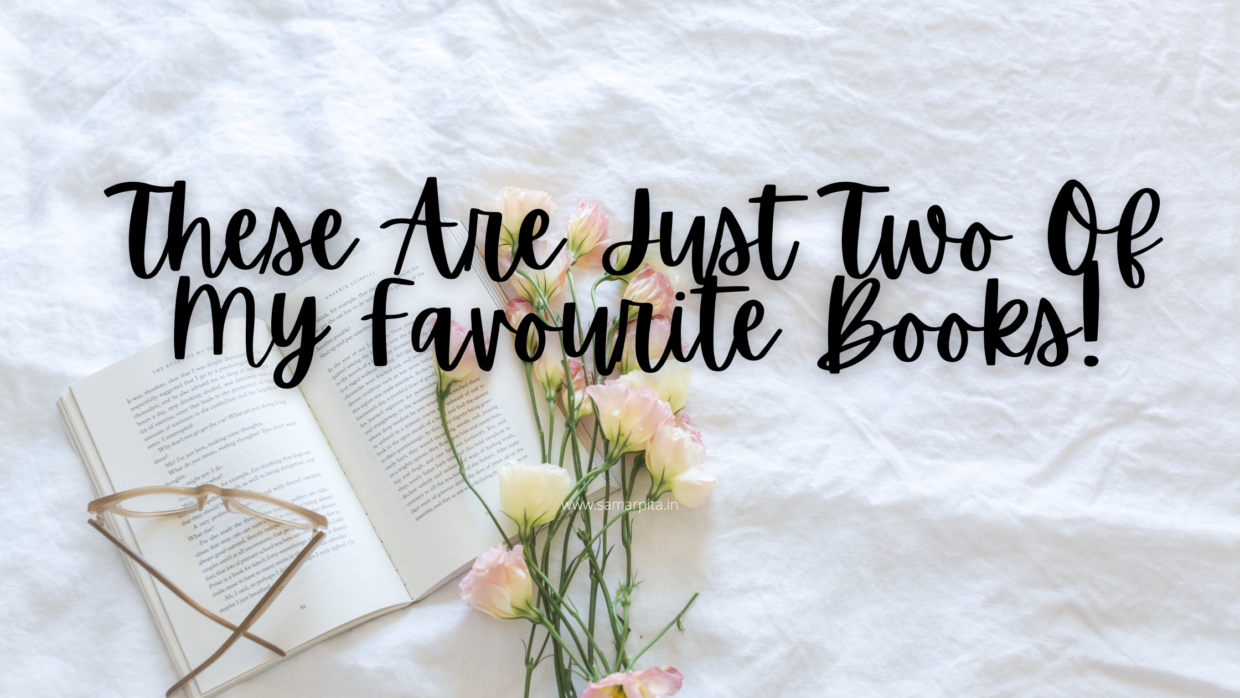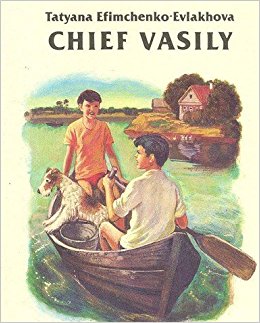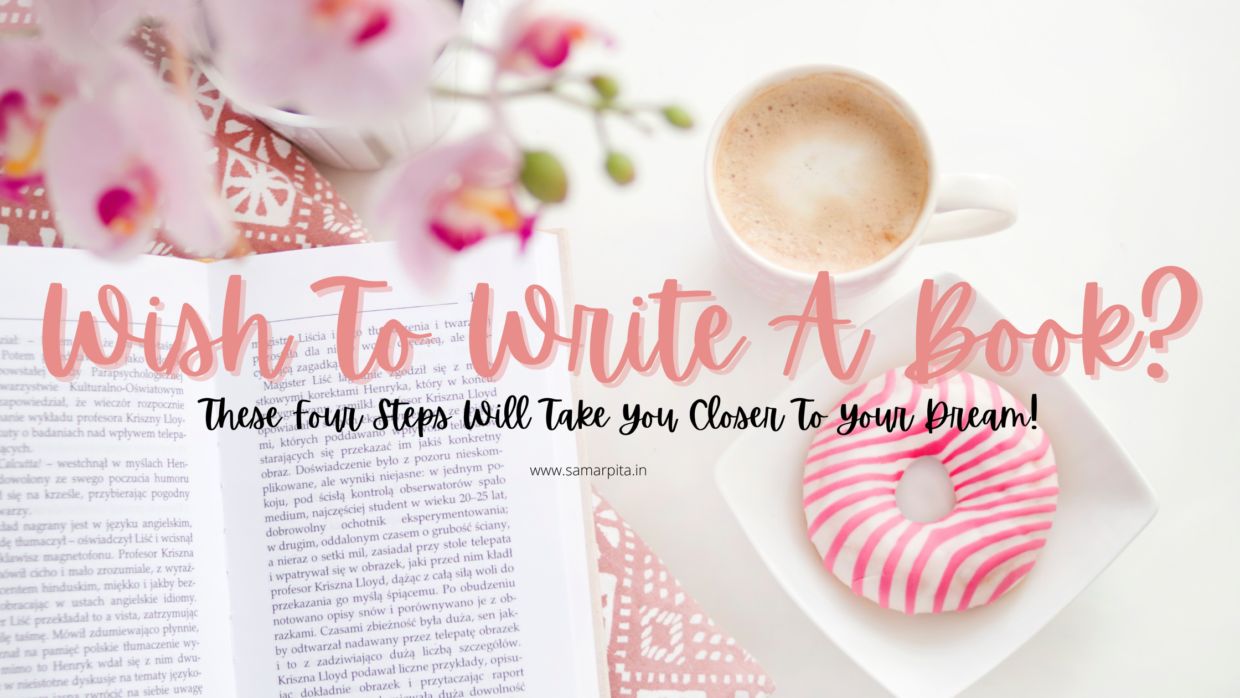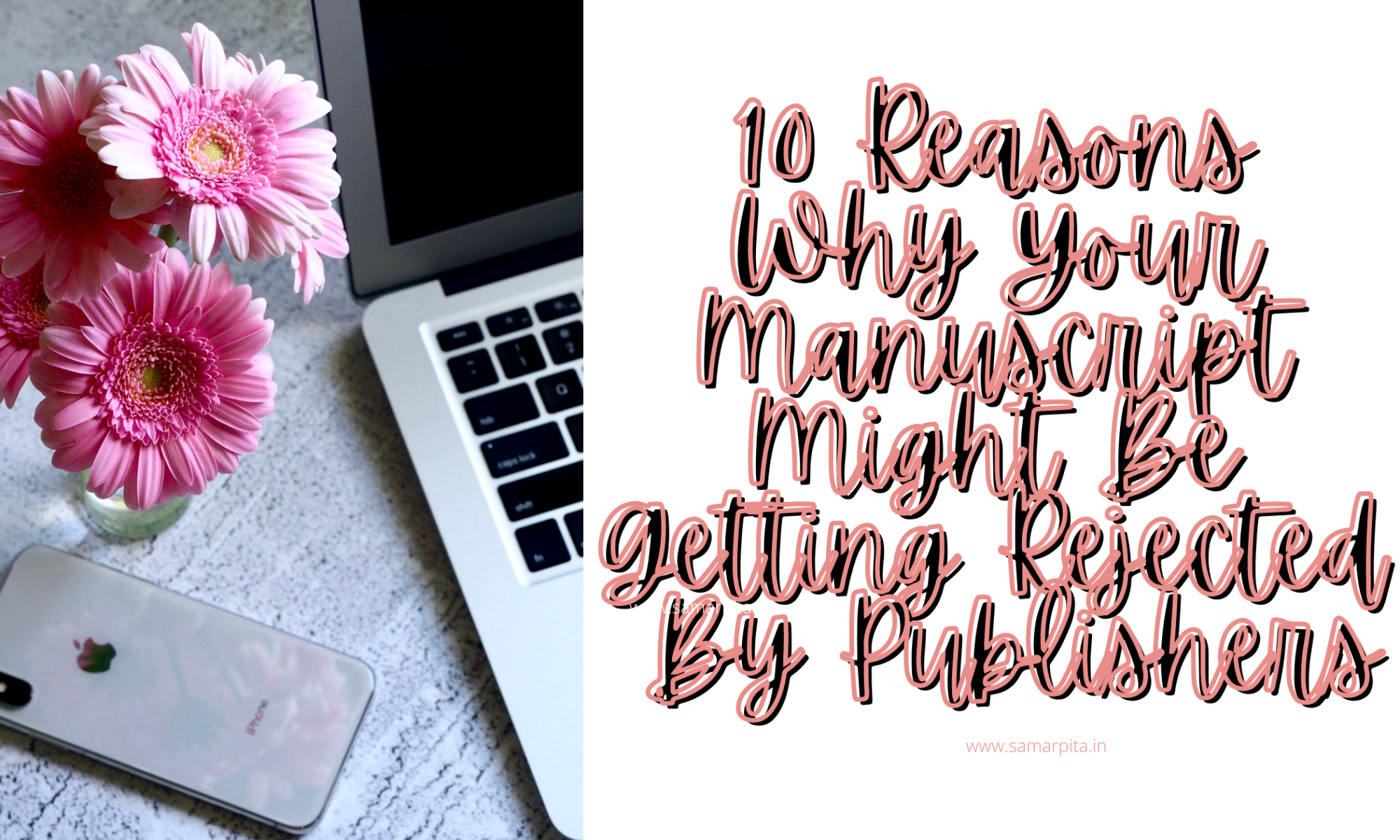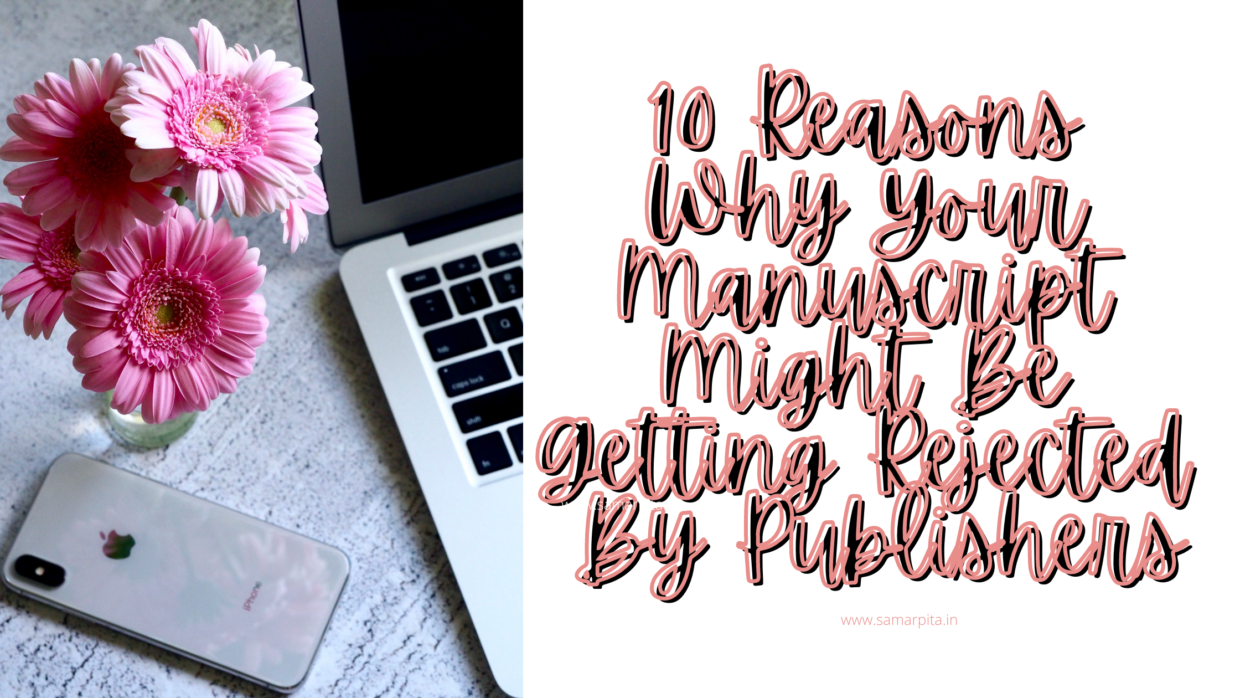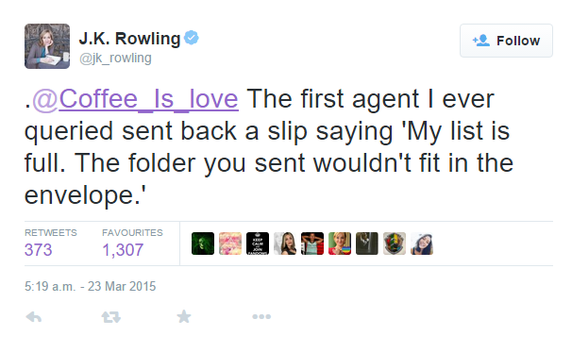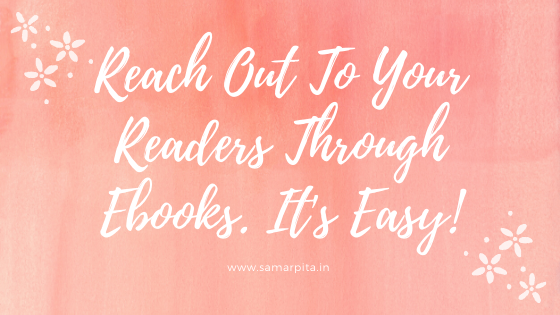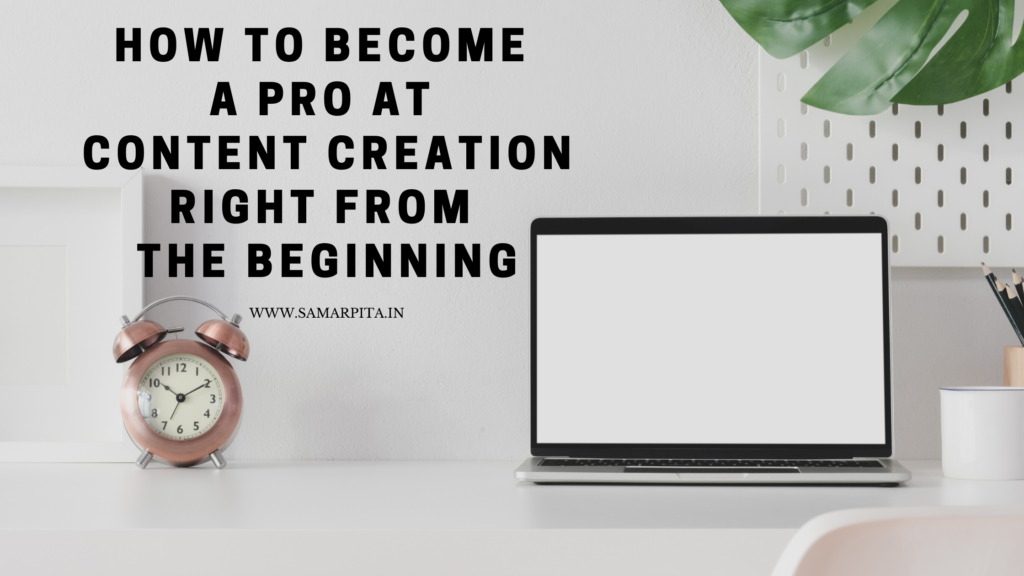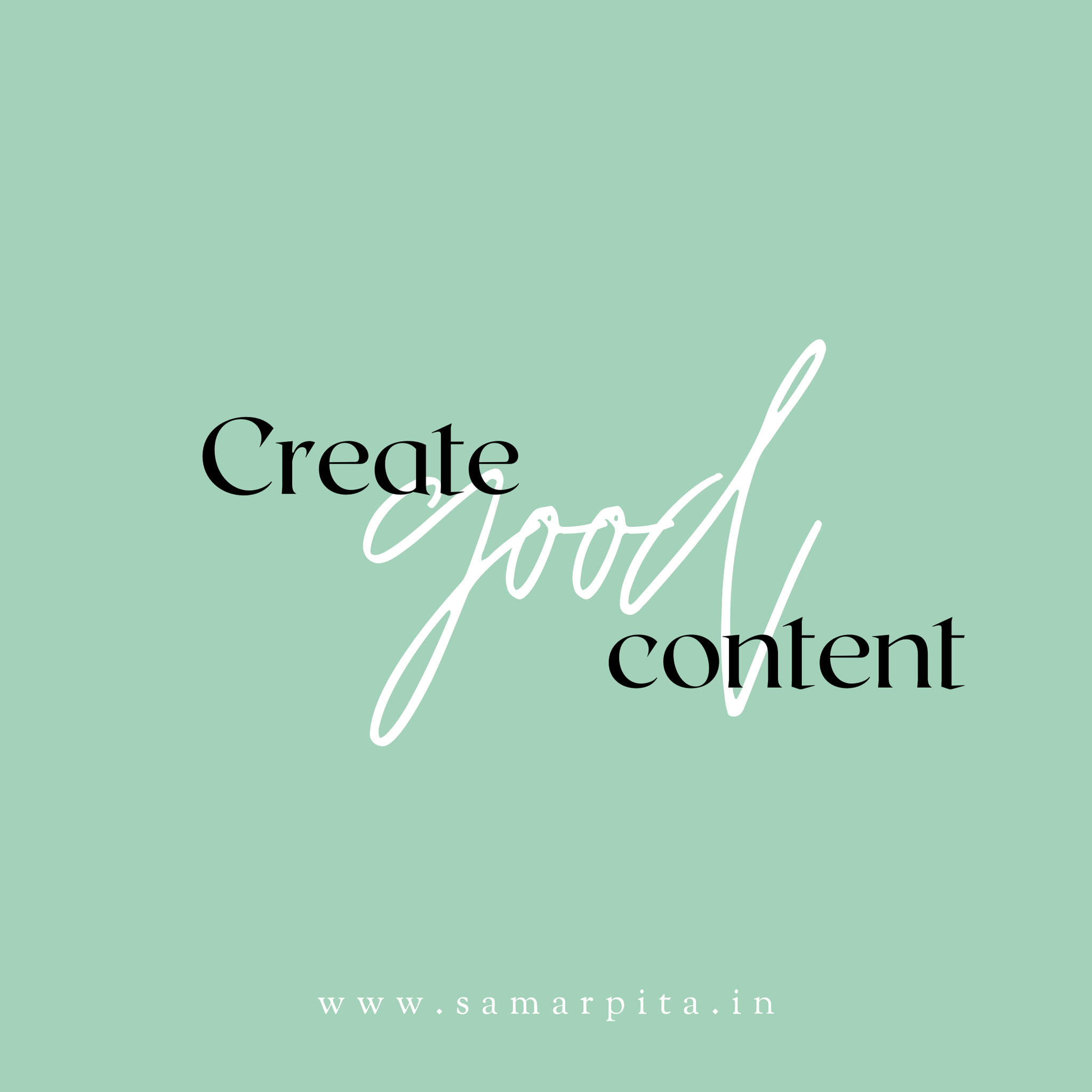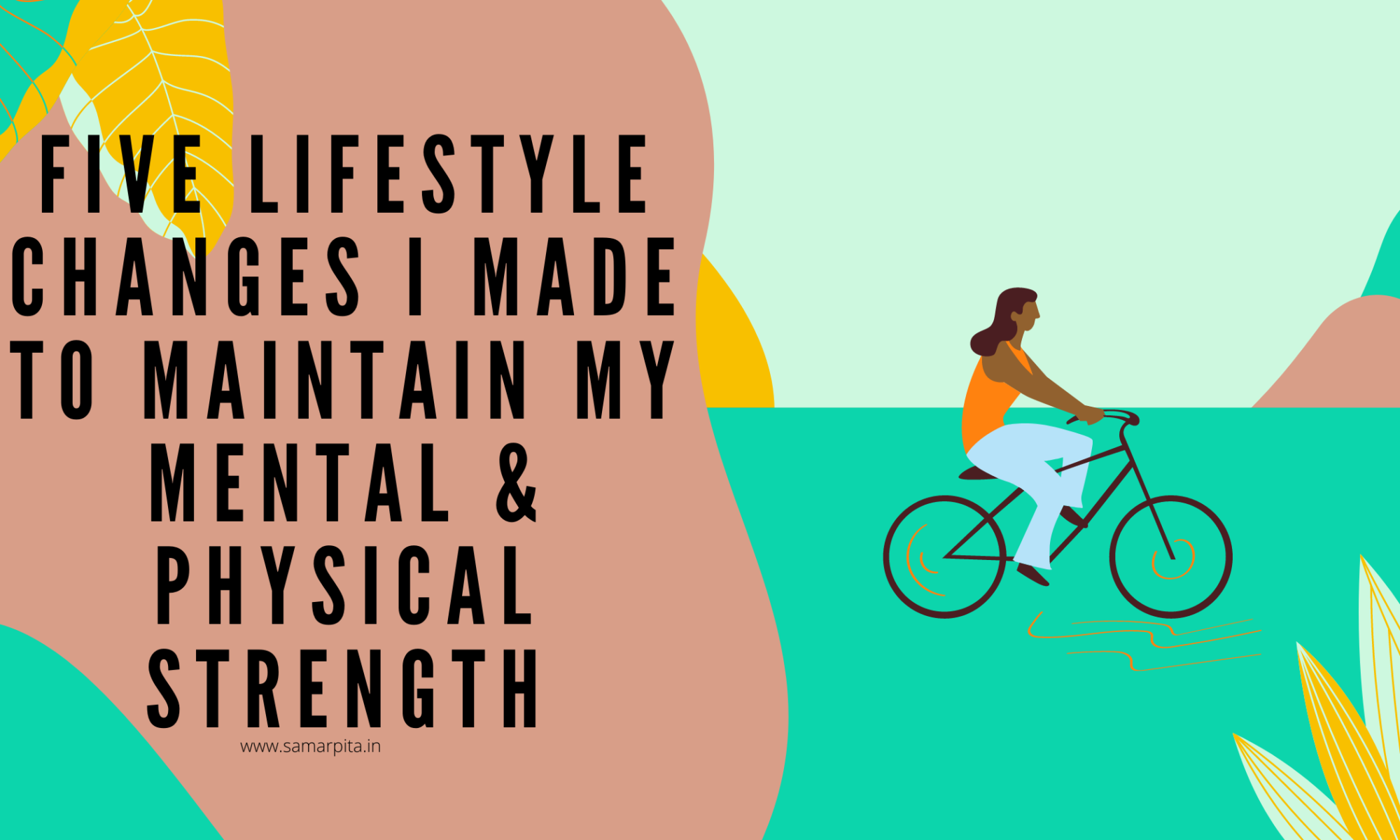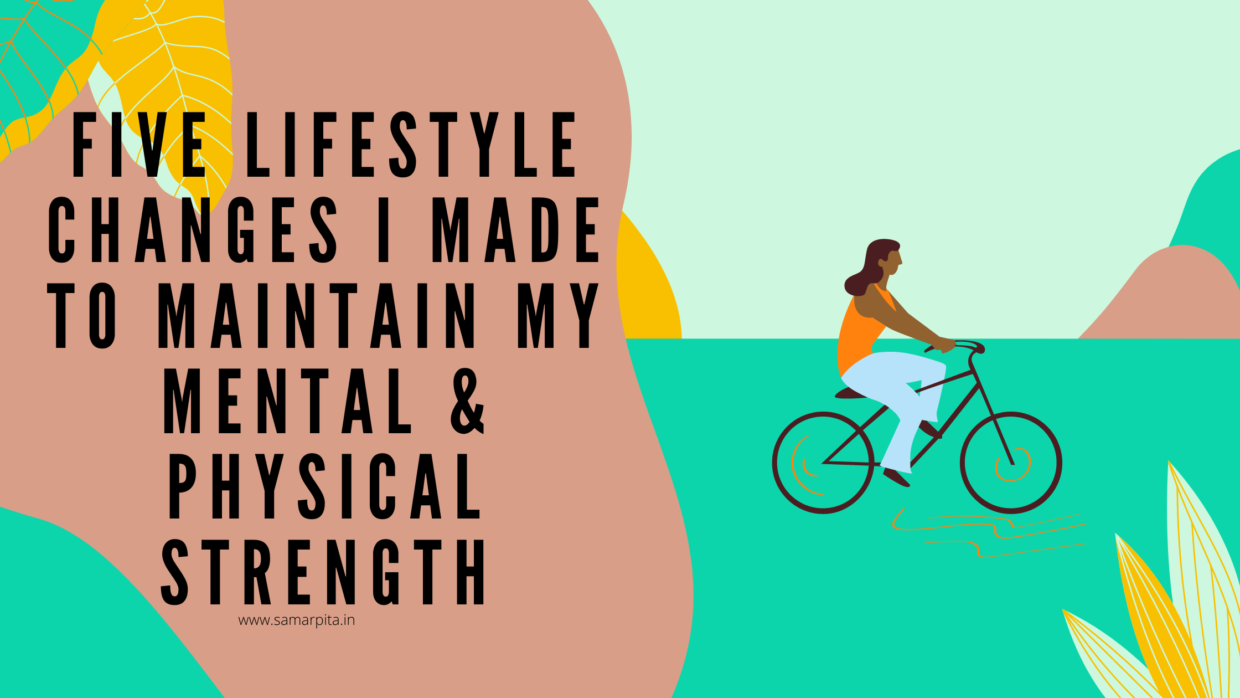The first draft of your manuscript it ready, and you are wondering what you must do next, am I right? Edit. Rather, self-edit. If you are already a pro, you don’t need me to tell you what to do. But for those you need a little handholding, here is a five-step basic guide to editing your own draft:
First, take a break from your manuscript.
Take a break for at least a day, at the most two days. Take your mind off the story and let the plot settle in your mind. Now get back to it with a fresh mind and read it, not as its writer but as a reader. Do you like it as a reader? Great! Keep the parts you do and mark the ones you don’t. These can be deleted, re-constructed or re-written; we will get to that later.
Snip-snip your manuscript!
Yes, I know you love every word in there with all your soul but darling, readers can be critical. A reader would want the plot to be crisp and precise. If you are still not convinced, think of your draft as someone else’s book. The plot’s got to be lean and mean. Yes, you get my point now? Start snipping. Identify the long sentences and either cut them short or make multiple sentences out of them. Look out for repetitions, in words and in content. The moment you locate them, either chop them off or re-construct.
How good is your grammar?
Let’s understand that whichever language you write in, you cannot take the it lightly. Only when you respect the language will you be able to create something phenomenal out of it. If you are good at it, check for errors in the draft of your manuscript. I’ll be writing posts in the coming months about how you can do basic grammar checks on your drafts. If you think you cannot do this, ask for help. You might have to invest a bit on it, but it will be worth it. Before you release your baby out in the world for readers and critiques to assess it, give it as much perfection as possible.
Use simple language.
Using a group of complicated words does not showcase your expertise over the language. Your skill shows in how you use simple words and put the sentiments across with minimum effort. Running your manuscript through the thesaurus is a good idea here.
Check for spellings.
MS Word comes at help here. Check every single green, red and blue squiggly. Not all need to be corrected – keep the differences in American English and global English in mind. Confirm the spellings of the homonyms; spell check doesn’t always detect them. Avoid too much of passive voice in your manuscript. If you’ve used names of real people and places, double check the spellings.
Once all this is done, take a print of the draft and read. Read out loud, it helps. If you are unable to do the above mentioned steps, or don’t feel confident even after editing, hire professional help. That’s what editors like me are for – to polish your book and make it error free.
If you are looking for an excellent manuscript editor, lookno further and connect with me at editor@samarpita.in You can also hop over to author.to/Samarpita and check out my ebooks on how to write better and make a social media presence before your book hits the market. The books are FREEon Kindle Unlimited.

